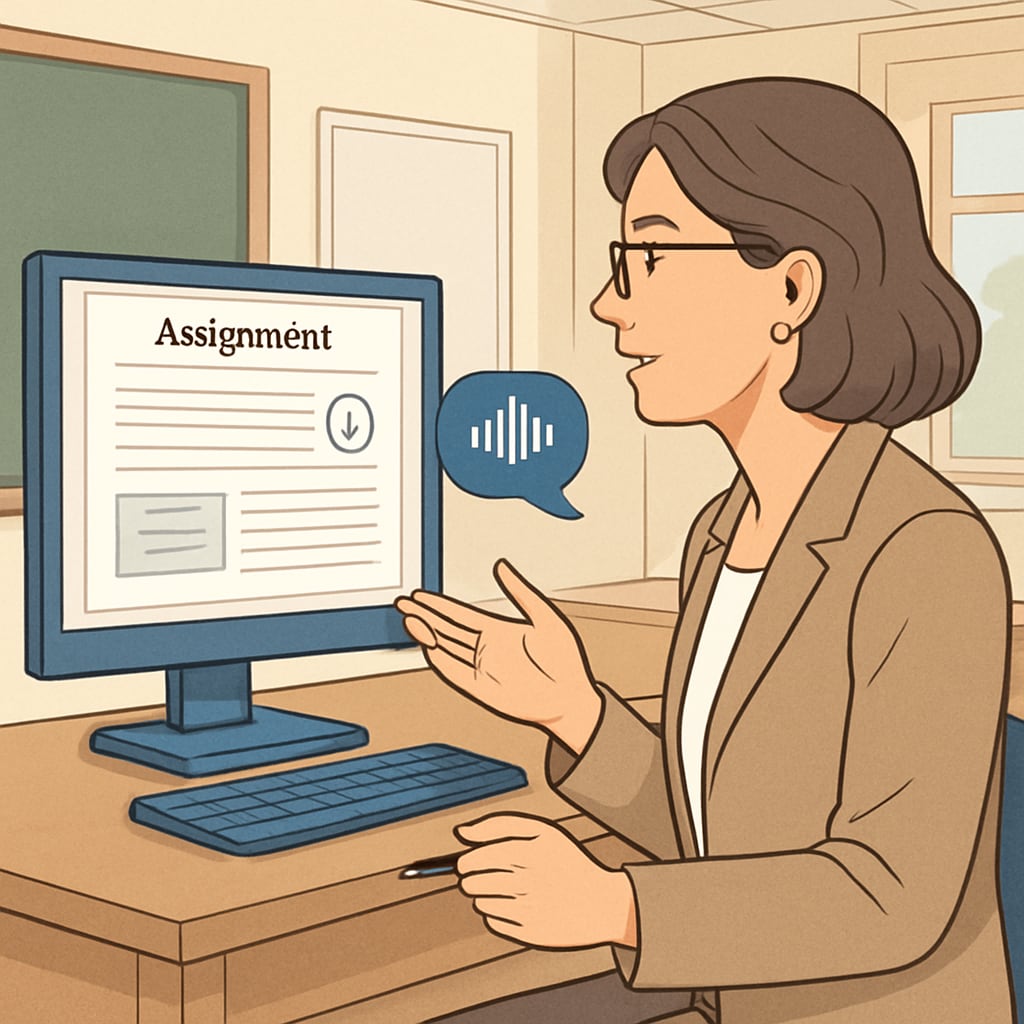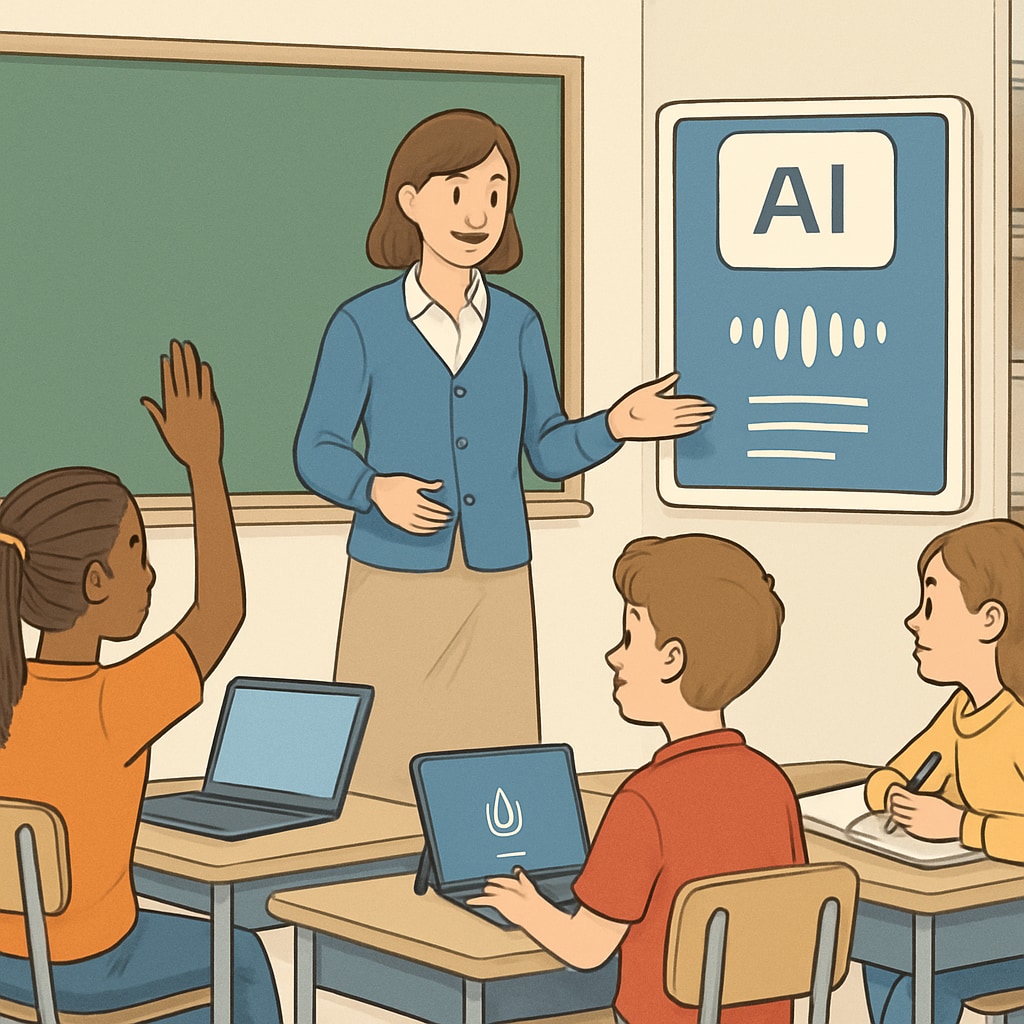In today’s fast-paced educational landscape, the use of AI voice recognition tools like WillowVoice is rapidly transforming the way teachers handle feedback, streamline their workflows, and improve overall work efficiency. By reducing the time spent on tedious tasks such as manual note-taking and grading, educators can focus on engaging with their students and refining their teaching strategies to enhance K12 education quality.
Revolutionizing Teacher Workflows with AI Voice Recognition
One of the most significant ways AI voice recognition impacts education is by optimizing teacher workflows. Traditionally, teachers spend hours transcribing class discussions, recording student feedback, and preparing lesson plans. With tools like WillowVoice, these processes are automated. For example, the software can convert spoken words into text in real-time, allowing teachers to capture classroom insights effortlessly.
Additionally, voice recognition technology is particularly effective in grading assignments or providing verbal feedback. Teachers can simply dictate comments, which are transcribed instantly and appended to student work. This automation not only saves time but also ensures that feedback is detailed and personalized.
- Real-time transcription of classroom discussions
- Automated grading and feedback processes
- Ease of creating detailed lesson plans

Improving Student Engagement and Teaching Quality
By automating administrative tasks, teachers can dedicate more time to meaningful interactions with students. For instance, instead of spending hours marking papers, educators can focus on addressing individual learning needs or developing innovative teaching methods. As a result, AI voice recognition fosters a more engaging and student-centered classroom environment.
Moreover, voice recognition tools can be integrated with other educational technologies, such as learning management systems (LMS), to provide tailored resources for students. For example, teachers can use voice commands to quickly retrieve teaching materials or share assignments, making the classroom experience more dynamic and efficient.
- Enhanced classroom interaction through saved time
- Personalized learning experiences for students
- Seamless integration with educational platforms

Challenges and Future Potential
While AI voice recognition offers numerous benefits, it is not without challenges. For instance, software accuracy may vary depending on accents, speech clarity, or background noise. Teachers may also face a learning curve when adapting to new technologies. However, advancements in AI are continuously improving these features, ensuring wider adoption and better user experiences.
Looking ahead, the integration of voice recognition with other AI-driven tools could further revolutionize education. From predictive analytics that identify struggling students to virtual assistants that simplify administrative tasks, the potential is vast and promising.
As a result, the adoption of AI voice recognition in education represents a significant step forward in enhancing teacher efficiency and boosting K12 teaching quality. By empowering educators to focus on what matters most—teaching and student development—this technology is paving the way for a more effective and engaging future in education.
Explore voice recognition technology on Wikipedia and learn more about AI applications on Britannica.


